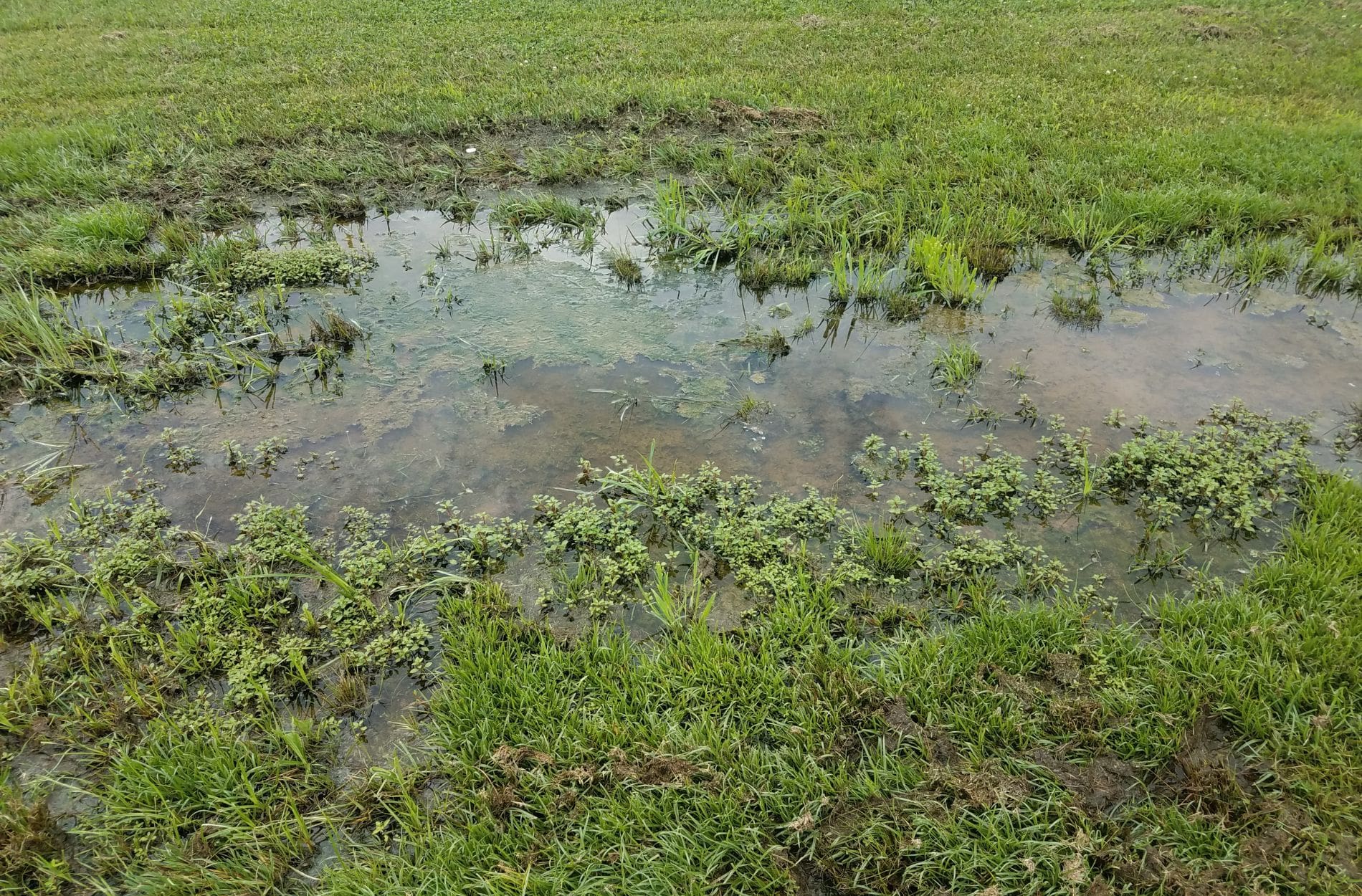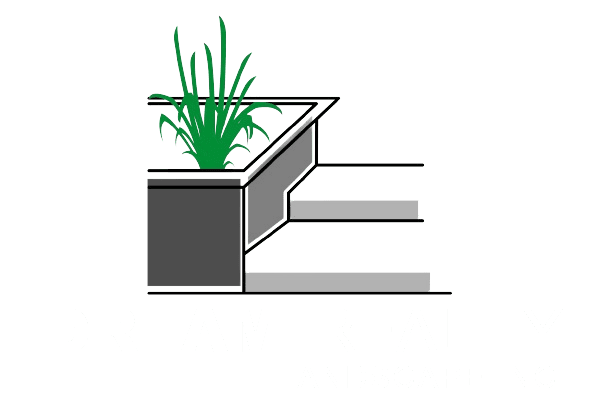Why Standing Water Won’t Drain From Your Silicon Valley Yard

Standing water is more than just a nuisance. If your yard in Silicon Valley seems to stay soggy long after the rain has passed, chances are, you’re facing more than just bad luck. Continuous puddling and soggy patches could point to an issue with your drainage and irrigation system. This kind of problem can cause headaches all year long, from blocking foot traffic during summer to flooding garden beds early in the growing season. With July being one of the drier months in the Bay Area, now’s the time to take a closer look at drainage concerns before fall brings new layers of moisture.
Picture this: you’ve just spent all spring creating the perfect backyard space in your Silicon Valley home, only to wake up after a rare summer rain and see your yard full of puddles. That water, if not drained properly, won’t just vanish on its own. It seeps into soil, weakens plant roots, attracts pests, and may even endanger the foundation of your home. You’re not alone. This is a common issue in many parts of Silicon Valley, given the unique mixture of terrain and climate across neighborhoods. To keep a yard both healthy and usable, it’s important to look at why water is sticking around and what’s causing your drainage to fall short.
Causes Of Standing Water In Silicon Valley Yards
In a region like Silicon Valley, where the landscape varies from city block to city block, the causes of drainage problems aren’t always obvious. Some problems come from nature itself, while others are tied directly to how a yard was originally designed or updated over time.
Here’s a breakdown of common reasons water won’t drain properly:
- Soil composition: The clay-heavy soil in many Silicon Valley areas holds water more than it lets it pass through. That means rainwater stays on the surface instead of seeping down, which quickly creates those familiar puddles and flooded patches.
- Natural terrain: Hillsides and uneven grading can direct water straight into the wrong spots, especially in cities like Los Altos or Menlo Park where elevation changes are common. Once the water collects, if there’s no proper outlet, it has nowhere to go.
- Seasonal weather: While July is generally dry, the shift between late-winter rains and hot summer months can wreak havoc on the soil. The ground may dry out unevenly, leaving cracks or compacted soil that make drainage even worse.
- Outdated systems: If the original drainage and irrigation system wasn’t properly designed or hasn’t been updated in years, it probably can’t handle the way your landscape has changed. Plant roots may be blocking pipes, old materials might be failing, and newer features like patios or planters might be redirecting water into unwanted areas.
- Poor yard design: Landscaping without planning for water flow is like building a house without thinking about the roof. A nice lawn or garden may look great when it’s dry, but if the grade sends water right into pockets or toward the house, trouble isn’t far behind.
When these issues go unchecked, standing water becomes part of daily life. And unfortunately, it’s not just about the mess. Your lawn and plants can suffer, and repeated flooding near the house may even lead to long-term structural trouble.
Identifying Drainage Problems Early
You don’t need fancy equipment to tell something’s off with yard drainage. Often, the signs are right under your feet—literally. Whether you live near the flats of Redwood City or along hilly lots in Los Gatos or Cupertino, the red flags tend to look the same.
Watch for these signs:
- Puddles that linger for days after watering or rain
- Grass that’s patchy or yellow, especially in spots that stay wet
- Mushy or sinking ground underfoot
- A smell of mildew coming from wet soil
- Pools of water by the edges of patio, deck, or foundation
It’s easy to brush these off as minor annoyances, but they carry consequences. Plants sitting in waterlogged soil can’t breathe properly, making it easier for mold to grow or roots to rot. Mulch breaks down too fast. Insects and pests love the damp, especially mosquitoes. Worse, excess moisture near the home can pull water toward the foundation, leading to cracks and expensive damage that goes beyond landscaping.
Addressing these signs sooner rather than later can save significant money, time, and energy. The more days you let poor drainage go unchecked, the more you’ll end up dealing with side effects across your whole yard. Regular inspections or assessments from professionals are a smart first move if anything feels off or if you’re just not sure what’s hiding under the surface.
Solutions For Effective Yard Drainage
Once you’ve spotted the signs of poor drainage, the next step is to fix the problem in a way that lasts. In areas like Palo Alto, where new construction and older homes often sit side by side, many yards struggle with mismatched or outdated systems. Taking the time to assess what’s currently in place can make a big difference. A full evaluation might reveal buried pipes, improperly sloped sections, or clogged outlets that no longer move water as they should.
Professional drainage solutions come in different forms. Some properties benefit from French drains, those gravel-filled trenches with a pipe that redirects water away from problem areas. Others might require a dry well, which gives water a place to collect underground and slowly absorb into the soil. Catch basins work well for collecting surface runoff, especially near paved patios or driveways where water tends to gather.
A few common repair options include:
- Installing French drains to redirect water more efficiently
- Adding dry wells beneath soggy areas to manage puddles
- Grading the landscape so water naturally flows away from the home
- Building shallow swales across larger open spaces
- Clearing blocked outlets or replacing broken pipe systems
A regular maintenance routine can help make these solutions hold up over time. Checking for buildup after heavy rain, clearing away leaves or mulch from drainage paths, and testing the flow of buried pipes each season all help extend the life of your system. Even new installations need this kind of care to stay ahead of problems instead of reacting to them.
Preventing Future Drainage Issues
After you’ve solved standing water issues once, keeping them from coming back should be part of your long-term plan. In many Palo Alto neighborhoods, sloped yards or clustered tree roots present fresh challenges year after year. A smart approach to grading and planting goes a long way, not just for efficiency, but for peace of mind.
When yards slope toward the house or into garden beds, water builds up quickly. Shifting the grade away from the home, or reshaping existing slopes, helps collect runoff in safer zones like a drainage basin or rock bed. For new landscapes, building in those slopes from the start makes all the difference.
Your plant choices matter too. Some plants have deep roots that can both absorb moisture and break up dense soil. Others thrive in drier beds and can balance out wetter patches. By mixing these into your planting plan, you can reduce the pressure on your drainage system.
Here are a few tips to keep your yard ready year-round:
- Choose water-absorbing plants adapted to local conditions
- Avoid over-mulching low areas, which can block water flow
- Use permeable materials for walkways or patios that allow water to reach the soil
- Keep downspouts away from foundation edges and garden beds
- Schedule seasonal checks to remove debris or sediment from drains
Drainage management isn’t just about fixing problems as they come up. It’s about designing a yard that works with the land and seasonal shifts. The best solutions feel like part of the landscape, not something tacked on after the fact.
Ensuring Proper Irrigation
Drainage problems often get worse when irrigation systems add too much water or don’t spread it evenly. That’s why understanding the difference between the two systems can make things more manageable. Drainage removes excess water, while irrigation brings moisture in. If one overwhelms the other, yard health can spiral fast.
For example, overwatering during the dry summer months in Palo Alto may seem harmless. But too much concentrated moisture invites root rot, fungus, and lawn stress. Irrigation setups that spray areas with uneven force, like slopes or corners, can cause runoff instead of soaking the soil slowly.
Drip irrigation is one clear upgrade. Instead of hitting broad patches of lawn or garden, these systems deliver water right where plants need it, at the roots. This way, nothing is wasted and soil stays balanced across zones. Smart sprinklers now go a step further by adjusting based on weather data or soil moisture, helping you avoid unnecessary water use when rains are on the way.
Upgrading or reprogramming your irrigation system might include:
- Switching to drip irrigation to avoid runoff
- Installing soil sensors to monitor real-time moisture levels
- Dividing watering zones better based on sun exposure or elevation
- Replacing outdated sprinkler heads for more consistent coverage
- Adjusting timers based on season, soil, and plant type
Combining a strong drainage plan with a smart irrigation setup means your yard stays healthy without the constant guesswork. Every yard’s needs are a little different, but the goal stays the same: keep the water where it helps, and move it away when it doesn’t.
Keep Your Yard Healthy and Beautiful
Standing water doesn’t just mess with the look of your yard. It affects plant health, property safety, and the ability to enjoy your outdoor space. In places like Palo Alto, where properties are as diverse as the terrain itself, poorly managed water can lead to quick damage if left unchecked. From sinks in the lawn to water stains along the foundation, the warning signs usually start small but become big problems without the right attention.
Good drainage and irrigation design is a long-term investment. With the right layout, materials, and simple upkeep, you can have a yard that looks great, stays dry, and supports the health of everything growing in it. Whether you’re updating an older property or working on a fresh install, focusing on water control is key to keeping everything outdoors working as it should.
Keep your outdoor space in Palo Alto thriving with a reliable drainage and irrigation system to ensure your yard remains beautiful and functional. Explore the benefits of expert solutions offered by Dream Reality Landscapes to manage water effectively and maintain plant health. Whether you need a new installation or system upgrade, our team is ready to help your landscape flourish. Learn more about how our drainage and irrigation system services can improve the health and usability of your yard.

